The constitution (122nd) Amendment bill comes up in Rajya Sabha, on the back of a broad political consensus and boosted by the ‘good wishes’ of the congress, which holds the crucial cards on its passage. The Goods and services tax(GST), the biggest reform in India’s indirect tax structure since the economy began to be opened up 25 years ago, at last looks set to become reality.
A proposal to introduce a national level Goods and Services Tax (GST) by April 1, 2010 was first mooted in the budget speech for the financial year 2006-07. Introduction of an Goods and Services Tax (GST) to replace the existing multiple tax structure of Centre and State taxes is not only desirable but imperative in the emerging economic environment. GST system is target to be a simple, transparent and efficient system of indirect taxation as has been adopted by over 160 countries around the world.
The Goods and Services Tax (GST) would be a significant step in the reform of indirect taxation in India. Amalgamating several Central and State taxes into a single tax would mitigate cascading or double taxation, facilitating a common national market. The simplicity of the tax should lead to easier administration and enforcement. From the consumer point of view, the biggest advantage would be in the terms of a reduction in the overall tax burden on goods, which is currently estimated at 25%-30%, free movement of goods from one state to another without stopping at state borders for hours for payment of state tax or entry tax and reduction in paperwork to a large extent.
1. What is GST?
‘GST’ stands for “Goods and Services Tax”, and is proposed to be a comprehensive indirect tax levy on manufacture, sale and consumption of goods as well as services at the national level. It will replace all the indirect taxes levied in goods and services by the Indian Central and state government.
| CGST | GST / IGST | SGST |
| Rate 9%*. Collected & retained by CG. |
Rate 18%*.
Collected by CG retained his share & balance transfer to SG. |
Rate 9%*.
Collected & retained by SG. |
2. Salient features of the GST bill.
The salient features of the GST bill which have been passed on 3rd august 2016 by Rajya Sabha are as follows:
- Confers simultaneous power upon parliament and the state legislatures to enact laws for goods and services;
- Subsuming of various central indirect taxes and levies such as Central Excise Duty, Additional Excise Duties, Services Tax, Additional Customs Duty commonly known as Countervailing Duty, and Special Additional Duty, and Special Additional Duty of Custom;
- Subsuming of State Value Added Tax/Sales Tax, Entertainment tax(other than the tax levied by the local bodies), Central Sales Tax(levied by the Centre and collected by the states), Octroi and Entry tax, Purchase tax, luxury tax, and taxes on lottery, betting and gambling;
- Dispensing with the concept of ‘declared goods of special importance’ under the constitution;
- Levy of integrated Goods and Services Tax(IGST) on the Inter-state transactions of goods and services;
- GST to be levied on all goods and services, except Alcoholic liquor for human consumption. Petroleum and petroleum products shall be subject to the levy of GST on a later date notified on the recommendation of the Goods and Services tax council;
- Compensation to the states for loss of revenue arising on account of implementation of the goods and services tax for a period of five years’
- Creation of Goods and Services tax council i.e GST Council to examine issues relating to goods and services tax and make recommendations to the union and states on parameters like rates, taxes, cesses and surcharge to be subsumed, exemption list and threshold limits, Model GST laws, etc. The council shall function under the chairmanship of the union finance minister and will have all the state government as members.
♣ Levy of GST.
Under chargeable section (7) of the draft CGST & SGST Act. There shall be levied a tax in the name of CGST & SGST for intra-state supply or IGST for inter-state supply at the rate specified in a schedule and would be collected in such manner as may be prescribed.
♣ GST rate.
As report given by our (CEA) Chief economic advisor, it says there would be 4 slabs of GST chargeability. Committee said (R&R) revenue neutral rate would be 15 to 15and half %. There would be four slabs:-
i. 2 to 6%.
ii. 12%.
iii. 18%(Standard rate).
iv. 40% (demerit goods) like luxury cars, tobacco products irritated brewages.
Under section (7) of draft, it also says there would be some specified goods &services, which would be notified by CG & SG on recommendation of ( GST council- by finance minister, the minister of state revenue & finance would be the member & all state finance minister would be the member of GST council).
Under GST there would be specified good & services as notified by central government & state government, which is chargeable to under (RCM) reverse charge mechanism basis.
Meaning thereby, supplier will not chargeable GST, it is the recipient who has top pay GST.
♣ Taxable person under GST.
A person who carries a business in India or in any state of India; he would be taxable person or he is required to take registration in terms of [schedule:3]liability to be registered. He could be taxable person. OR;
Who are already registered under excise, service tax & vat, they are taxable person too.
Even CG, SG &local authorities are taxable person except for the activities which are specified in [schedule:4].
♣ Person’s who are excluded to take registration in GST.
i. All agriculturist specifically;
ii. Employee providing services to the employer excluded;
iii. A person who is supplying goods & services which is not chargeable to GST meaning thereby, the person engage in supply of not taxable goods & services;
iv. If you are importing services personal usage; upto a specified amount, then you need not to take a Registration under GST; beyond that specified amount even for personal use, we have to take registration & pay GST.
♣ Provisions to take compulsory registration under GST.
i. If Aggregate turnover exceeds(9lakhs)Rs. & in case of north state including Sikkim(4lakhs) Registration need to be taken;
NOTE:- if the above specified amount crosses(10 lakhs)Rs. And in the north state including Sikkim(5lakhs)Rs. Then, we have to charge GST.
“Aggregate turnover” includes taxable turnover, not taxable, exempted turnover, export of goods & services also.
For Ex:- if we want to take registration under service tax- then there is a threshold amount of (10lakhs)Rs. But it talks only about the aggregate value of taxable turnover, we need not to require to include not taxable turnover or exempted turnover. But, the definition provided under the draft GST law, it talks about aggregate turnover consist of taxable turnover & export.
ii. Compulsory registration for:-
*Inter-state.
*E-commerce operator.
*Reverse charge.
*Aggregator.
*ISD.
*TDS deductor.
*Non-resident dealer.
*Agent supplying goods & services on behalf of principal.
iii. Compounding dealer:
Compounding dealer (CD) provision as prescribed under draft GST law, that you are allowed to take (CD) registration provided aggregate turnover does not exceeds(50lakhs)Rs.
The compounding dealer(CD) cannot take:-
* GST credit.
*He cannot charge GST & collect GST.
* The rate for the (CD) would be not less than(1%)
You may have(2%,3%) in a manner as prescribed.
* A (CD) registration is not permissible for inter-state
Supplies or reverse charge.
♣ Inter-State Goods and Services(IGST)- Inter-State Transactions.
According, to model IGST law, IGST shall mean the tax levied under the IGST act on the supply of any goods and services in the course of inter-state trade or commerce. IGST act shall apply to whole of India.
According, to the report of the Task Force on GST,13th Finance commission(2009), it had recommended that adoption of the IGST model for implementation with the caveat that a strong IT infrastructure and complete information of the inter-state transactions is a precondition and essential perquisite for considering the IGST model. Without addressing these fundamental concerns of IT infrastructure and information support systems, the adoption of IGST model which is still at a conceptual stage.
Central government would levy IGST (which would be CGST + SGST) on all inter-state transactions of taxable goods and services with appropriate provisions for consignment or stock transfer of goods and services. The inter-state seller will pay IGST on value addition after adjusting available credit of IGST, CGST and SGST on his purchases. The exporting state will transfer to the centre the credit of IGST while discharging his output tax liability in his own state. The centre will transfer to the importing state the credit of IGST used in payment of SGST.
The empowered committee has accepted the recommendation for adoption of IGST model for taxation of inter-state transaction of goods and services. The scope of IGST model is that centre would levy IGST which would be CGST plus SGST on all inter-state transactions of taxable goods and services. The inter-state on his purchases. The exporting state will transfer to the centre the credit of SGST used in the payments of IGST. The importing dealer will claim credit of IGST while discharging his output tax liability in his own state. The centre will transfer to the importing state the credit of IGST used in the payment of SGST. The relevant information is also submitted to the central agency which will act as a clearing house mechanism, verify the claims and inform the respective government to the transfer the funds.
The inter-state adjustment will be made by central clearing agency and the assesses will not be concerned with such adjustment at all. Under IGST, a dealer can establish hub and spoke approach for distribution of his final products. He can maintain depots at few strategic locations in country and from those locations; he can distribute goods to nearby states. This will be very cost effective distribution network for assesses.
Revenue from IGST will be apportioned among union and states by parliament on basis of recommendation pof goods and service tax council [proposed article 269A (2) and article 270(1A) of constitution of India].
♣ Advantages of IGST model.
The major advantages of IGST model are:-
(i)Maintenance of uninterrupted ITC chain on inter-state transactions.
(ii) No upfront payment of tax or substantial blockage of funds for the interstate seller or buyer.
(iii) No refund claim in exporting state, as ITC is used up while paying the tax.
(iv) Self monitoring model.
(v) Level of computerization is limited to inter-state dealers and central and state government should be able to computerize their process expeditiously.
(vi) As all inter-state dealers will be e-registered and correspondence with them will be by e-mail the compliance level will improve substantially.
(vii) Model can take business to business as well as business to consumer transactions into account.
♣ Salient features of Integrated GST.
(i)On inter-state and cross border transactions.
(ii) Centre would levy and collect IGST in lieu of CGST and;
(iii) To be shared between centre/states
(iv) Single IGST rate.
(v) IGST would be levied on all inter-state transactions of taxable goods and services with appropriate provisions for consignment or stock transfer of goods and services.
(vi) Inter-state dealer will pay IGST after adjusting available, input IGST, CGST and SGST on purchases.
An example for IGST:-
a. Maharashtra seller selling to Karnataka buyer for 1,00,000/-.
b. IGST payable assuming an 8% rate is 8000/-.
c. 8000/- can be paid by adjusting:
* Inter-state purchases (IGST) Rs. 3000/-.
* Local purchases (CGST) Rs. 1500/-.
* Local purchases (SGST) Rs. 1500/-.
d. Since dealer has used SGST of Maharashtra to the extent of Rs.1500/-, Centre has to transfer Rs.1500/- to Maharashtra government.
e. IGST of Rs. 8000/- is availed as credit by Karnataka buyer.
f. Karnataka dealer sells the goods at 2,00,000/- attracting CGST of say Rs. 16,000/- and SGST of Rs. 16,000/-.
g. If GST of Rs. 8000/- is used to pay the SGST then Karnataka government has to transfer Rs.8000/- to the centre.











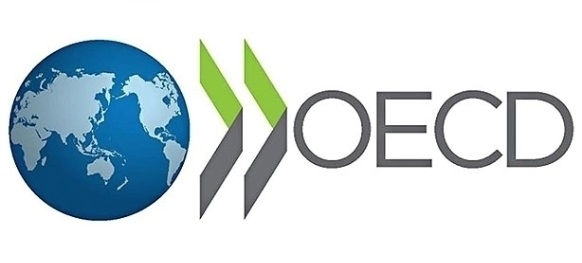


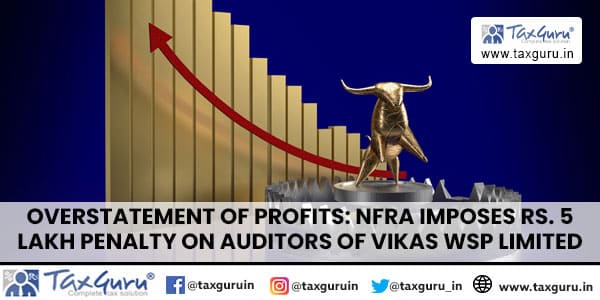
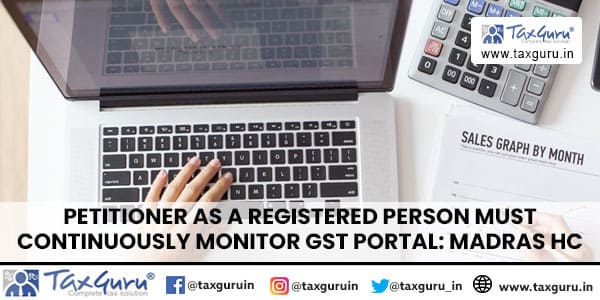
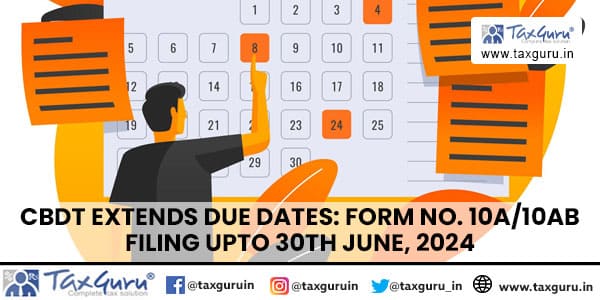
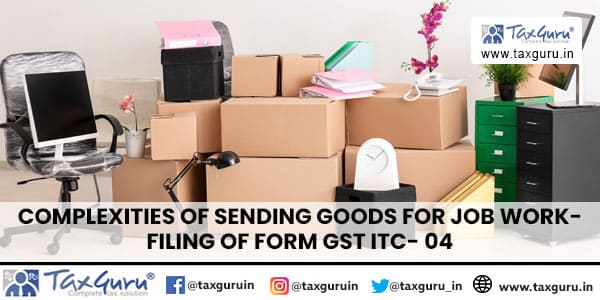

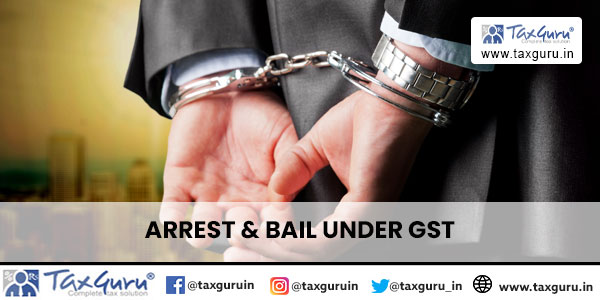
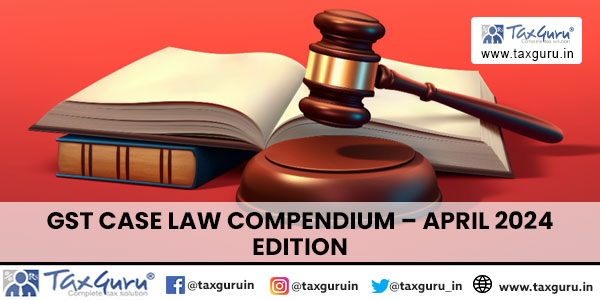

Dear Mr. Abhishek, I refer to the clause g in above referred example. i think the IGST paid on previous leg shall first be used for payment of CGST so no need to transfer from state government to Centre.
Even if we presume that in any case ITC of IGST of Rs. 8000 is utilised for payment of SGST on supply in karnataka state then since the SGST will accrue to Karnataka state (being destination based tax) because it is sold locally by karnataka dealer then Centre will transfer ITC of IGST utilised amount of Rs. 8000 to Karnataka State. Kindly review your example.
Will appreciate your clarifying the example and position under law.